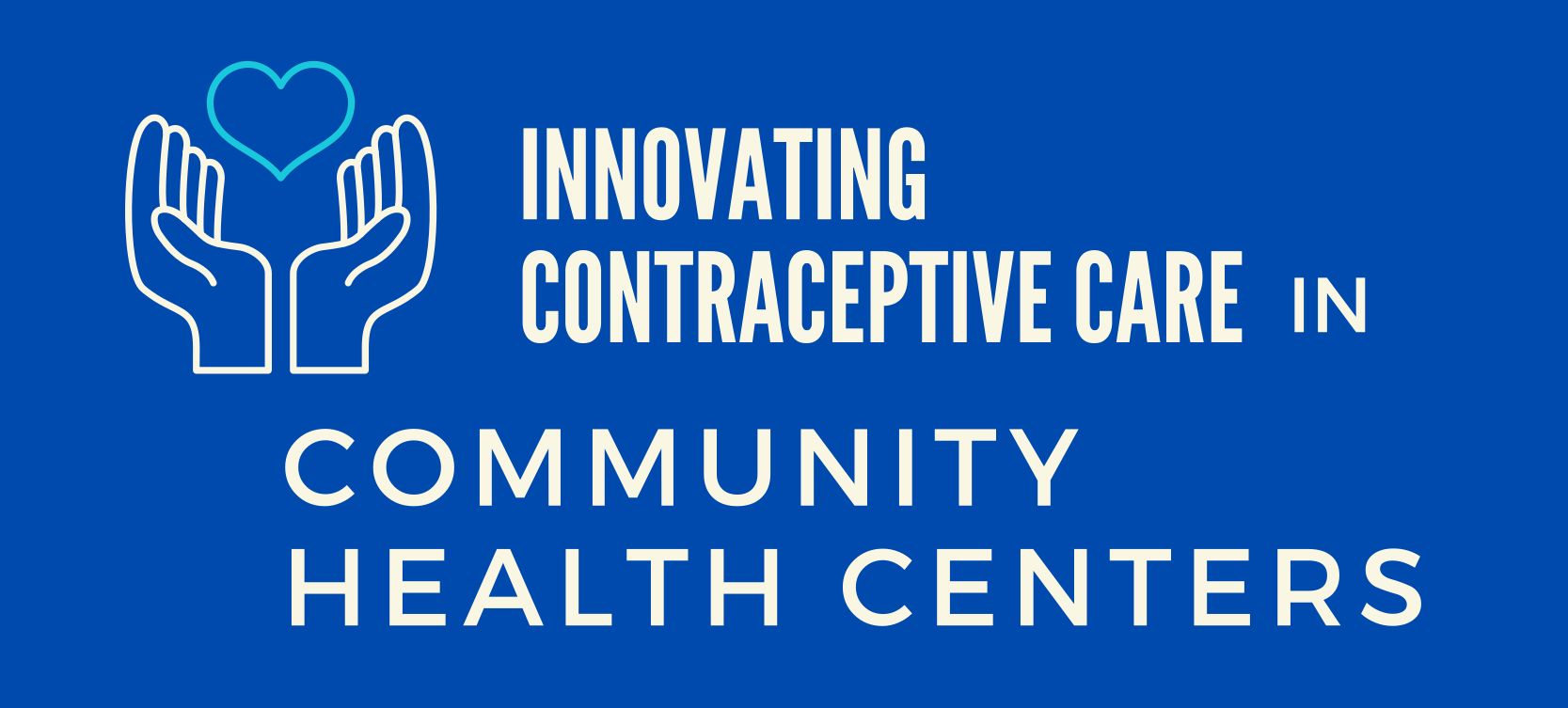Strategy
Implement policies and corresponding systems to ensure patients do not encounter financial barriers to initiating or discontinuing a contraceptive method (e.g., LARC removal) and, if desired, obtaining another method.
Action Step(s)
- Budget 330, Title X, and other grant funds for the purchase of LARC methods and the provision of LARC services (both insertions and removals).
- Budget 330, Title X, and other grant funds to ensure that insured patients with confidentiality concerns (e.g., patients on parents or partners’ health insurance plans) do not encounter financial barriers to receiving contraceptive services.
- Avoid using patient assistance programs, which, by placing cost sharing burden on the patient, may limit contraceptive choice and jeopardize reproductive autonomy.
Tools & Resources
- Coding Guide: Frequently Used Diagnosis and Procedure Coding in Family Planning: This coding guide, developed by the National Family Planning and Reproductive Health Association (NFPRHA), includes diagnosis (i.e., International Classification of Diseases, 10th Edition, or ICD-10) and procedure (i.e., Current Procedure Terminology, or CPT) codes that are frequently used by health care providers delivering family planning and sexual health services.
PDF available - Intrauterine Devices and Implants: A Guide to Reimbursement: Second Edition: A guide to help safety-net providers navigate the stocking, billing, and reimbursement of contraceptive implants and IUDs, with the goal of reducing barriers to providing this care. This resource was produced through a collaboration between the American College of Obstetricians and Gynecologists’ (ACOG), NFPRHA, National Health Law Program (NHeLP), National Women’s Law Center (NWLC), and the UCSF Bixby Center for Global Reproductive Health.
- Documentation & Charge Capture Process: LARC Services: Developed by the National Association of Community Health Centers (NACHC), this blueprint outlines steps that community health centers can take to facilitate the appropriate documentation and charge capture of LARC services.
- CPT Evaluation and Management (E/M) Office or Other Outpatient (99202-99215) Code and Guideline Changes: Changes to Evaluation and Management (E/M) office visit CPT codes (99201-99215) descriptors and documentation standards will go into effect on January 1, 2021. These coding changes will impact clinicians and care teams that provide contraceptive counseling to patients, as they use office-based E/M codes to represent counseling services rendered. This American Medical Association (AMA) document provides detail on changes.
- Implementing E/M Coding Changes: Developed by NFPRHA, this checklist outlines activities that health centers may wish to implement as they prepare to implement changes to E/M office visit CPT codes (effective January 1, 2021).
PDF available - LARC Quick Coding Guide: The ACOG LARC Program, in collaboration with the ACOG Coding Department, has prepared this updated quick reference guide to coding for LARC methods to assist health centers with receiving appropriate payment for providing the contraceptive implant and IUDs.
- Coding for LARC Removals: This NFPRHA document will outline steps that health centers can take to remove financial barriers to LARC removal for patients.
PDF available- To provide patient-centered contraceptive services, health centers not only need to eliminate financial barriers to obtaining a LARC method, but also accessing timely LARC removals and, if desired, obtaining another method of choice.
- Fact Sheet: Coding for Fertility Awareness-Based Methods: Fertility awareness-based methods (FABMs) of family planning involve identifying a patient’s “fertile window,” or the days in each menstrual cycle when intercourse is most likely to result in a pregnancy. The provision of clinical services to patients who wish to use a FABM is based entirely on counseling. This NFPRHA resource summarizes how to apply the appropriate Current Procedure Terminology (CPT) code for patients who choose a FABM using office-based E/M codes to represent counseling services rendered.
PDF available - Cover Her (Website): Most health insurance plans must cover all FDA-approved contraceptive methods, including female sterilization and LARC, as well as contraceptive counseling. NWLC has several resources available to support patients and health centers in determining whether a third-party payer is incorrectly charging out-of-pocket costs for contraception and actions to take to resolve the situation, including a free hotline.

